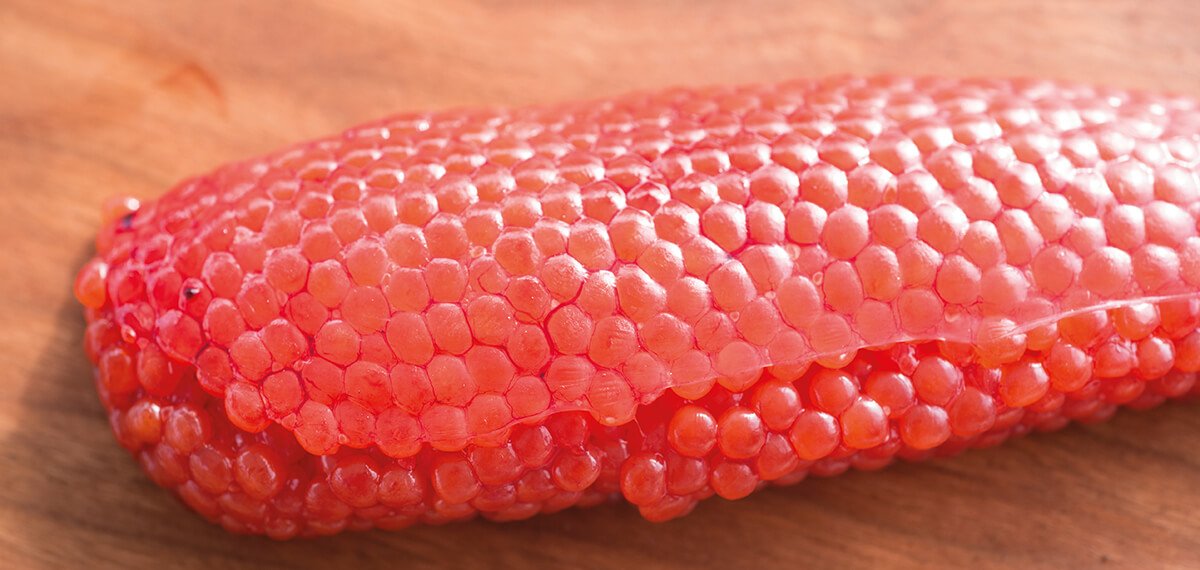Alaska Wild Chum Salmon Caviar, Crodino and Smoked Alaska Wild King Salmon
For more information on ASMI’s campaigns to promote Alaskan seafood, please contact the Southern Europe office, located in Barcelona, Spain, to request media information or artwork.
Alaska Seafood Marketing Institute Regional Representative
C/ Borrell 7 – Local 19 08190 St. Cugat del Vallès (Barcelona) Spain
Tel:+34 93 589 8547
Fax:+34 93 589 7051
E-mail: [email protected]
Web: www.alaskaseafood.org


Ikura is a Russian word (Nkpa) which means ‘fish roe’ in general, and is widely used in international commerce, especially referring to salmon caviar.
Soy sauce marinated ikura are also available and growing in popularity.
Salted salmon eggs have a long history in Japan.
The book ‘Enkishiki’ printed in 927 describes how ikura and sujiko were appreciated and regarded as valuable products.
As the salmon prepares to spawn, the female’s eggs mature in the ovary, becoming larger and stronger as the salmon migrates from the ocean to the estuary and finally upriver to the spawning grounds.
For ikura production, the eggs are carefully selected from salmon captured just before entering the river system, when the eggs are fully formed, but are neither too soft nor too hard.
High grade salted ikura has a bright, red-orange color. All eggs should be whole, not broken or squashed, and easily separated from one another.
Salmon caviar is the salt cured individual eggs of salmon. Most wild Alaska salmon caviar comes from Pink and Chum salmon.
| Parent salmon are captured | |
| Eggs are removed from females | |
| Eggs are washed in 3% salt solution | |
| Eggs are separated from ovary sac, and cleaned of all skins and veins | |
| Soy ikura | Salted ikura |
| Marinate in soy sauce for one half to one day | Eggs are agitated and cured in a salt brine solution |
| Draining | Draining |
| Curing and draining at the same time | Grading |
| Grading (by freshness and color) | Packing and weighing |
| Packing and weighing | Inspection |
| Inspection | Shipped out |
| Shipped out | |

Sujiko is the whole salmon ovary, salted and cured. “Sujiko” is a Japanese term, composed of “suji”, which means “line” and refers to the way the eggs are lined up within the ovary and “-ko” means “son”.
In Japanese, sujiko receives different names depending on the species from which it comes:
The high grade finished product has a bright orange red color, and the eggs are clearly arranged in lines. The surface should be strong yet soft.
| Parent salmon are captured | |
| Egg sacs are removed from females | |
| Eggs are washed in 3% salt solution | |
| Draining in a large meshed basket | |
| Egg sacs are agitated and cured in a salt brine solution | |
| Draining in a large meshed basket | |
| Grading | |
| Packing in box (Salt sprinkling on top surface) | |
| Curing | |
| Inspection | |
| Shipping out | |
Sorry, no posts matched your criteria.
